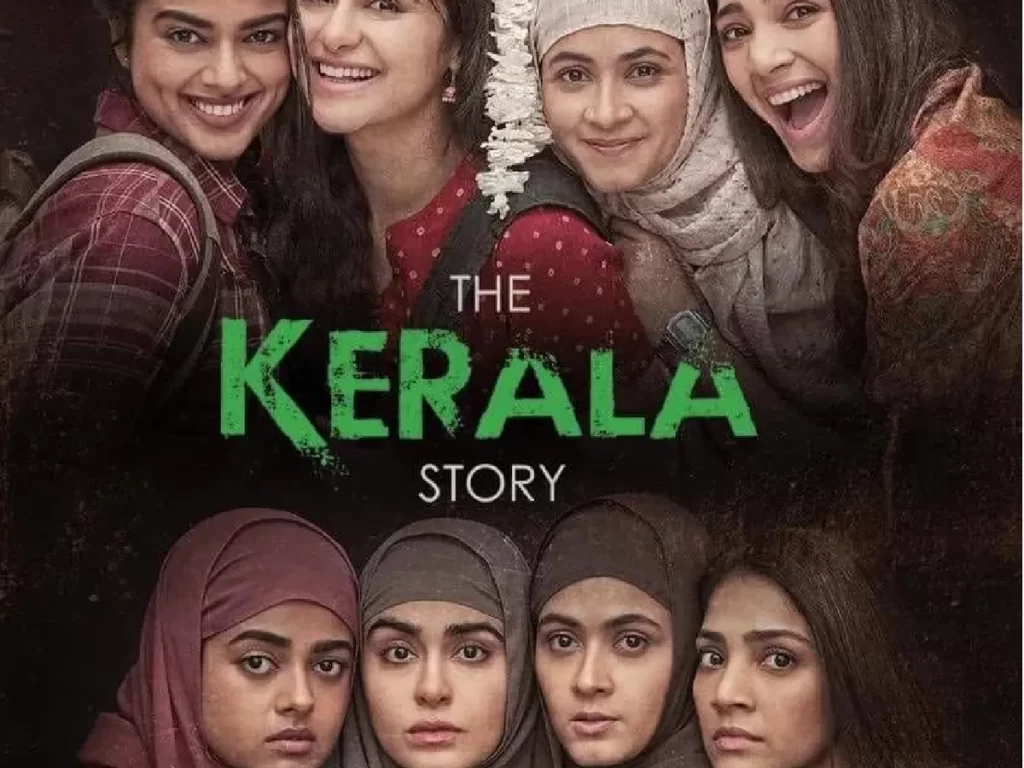The Kerala Story was never a part of my watchlist but the recent hue and cry about the movie in media (and social media) compelled me to watch it. As an atheist, I instantly disregard any material that promotes any type of religion be it Abrahamic (the one that has prophets and some magical stories) or the other one that was never meant to be a religion (being a civilization with a large amount of texts ranging from literature to science). It’s more saddening to see if someone has to defend or justify their beliefs in order to not succumb to another one. While the entire political world still feeds on this very idea, the terrorist groups are no different. If you leave a vulnerability open for centuries and millennia, it is bound to get tossed around and abused.
That being said, the movie is about the sex slavery of ISIS that recruits females from across the globe. Sadly, the recruitment is not only about the Yazidi or Kurdish women but we have seen some level of recruitment from the western countries as well. The Indian state of Kerala is no different. The irony is that instead of focusing on the terror plot and revealing how ISIS terror outfits function in a country, it quickly imbibes the idea of showing only the conversion drive (which is also dangerous) in detail leaving the terror plot wide open. This gives the feel of a propaganda movie which can only help political parties in the upcoming elections. I could understand why most people would reject this movie. But, the good thing is that this movie still shows the plight of women under the forced conversion drive and recruitment done by ISIS or radical islamic groups that are supported in India through various channels.
The entire fuss about the number not being 32000 but far less is a diversion created by the less fortunate minds of our society. The story was never about 32000 but an attempt to show what (not how) was kept hidden under the rugs by many political and intellectual groups that have inclination towards the supposed Secularism. The word secularism is misinterpreted in our current times that it mostly sways in the favor of a few religious groups. The problem of instant intellectualism in our country is also so profound that the youth, sadly, looks for a quick validation from the less fortunate minds of these secular groups. The reason why I would support this movie is that it does best to stress on the pointers or markers of the radical fanatics where our future youth should look for in order to avoid the catastrophe. If you at least watch this movie, you have a high chance of being aware when to step out or call it quits.
From the point of view of art, I agree that if the plot of the movie included where these radicals come from and what their means of funding are, the storytelling could have been much better. In simpler terms, the movie lacks research and depth of filmmaking. You could also easily spot the loopholes in narration which forces you to instantly lose grip on make-believe phenomena. While you start watching the movie, you know the entire plot and even know how it will turn out in the end. If you have seen the movie Haider and the recent Gulmohar where the propaganda of Azaadi (freedom) was subtly placed in a background, you would understand the kind of filmmaking I’m talking about. But, rejecting or banning this movie based on bad filmmaking would be even worse.
